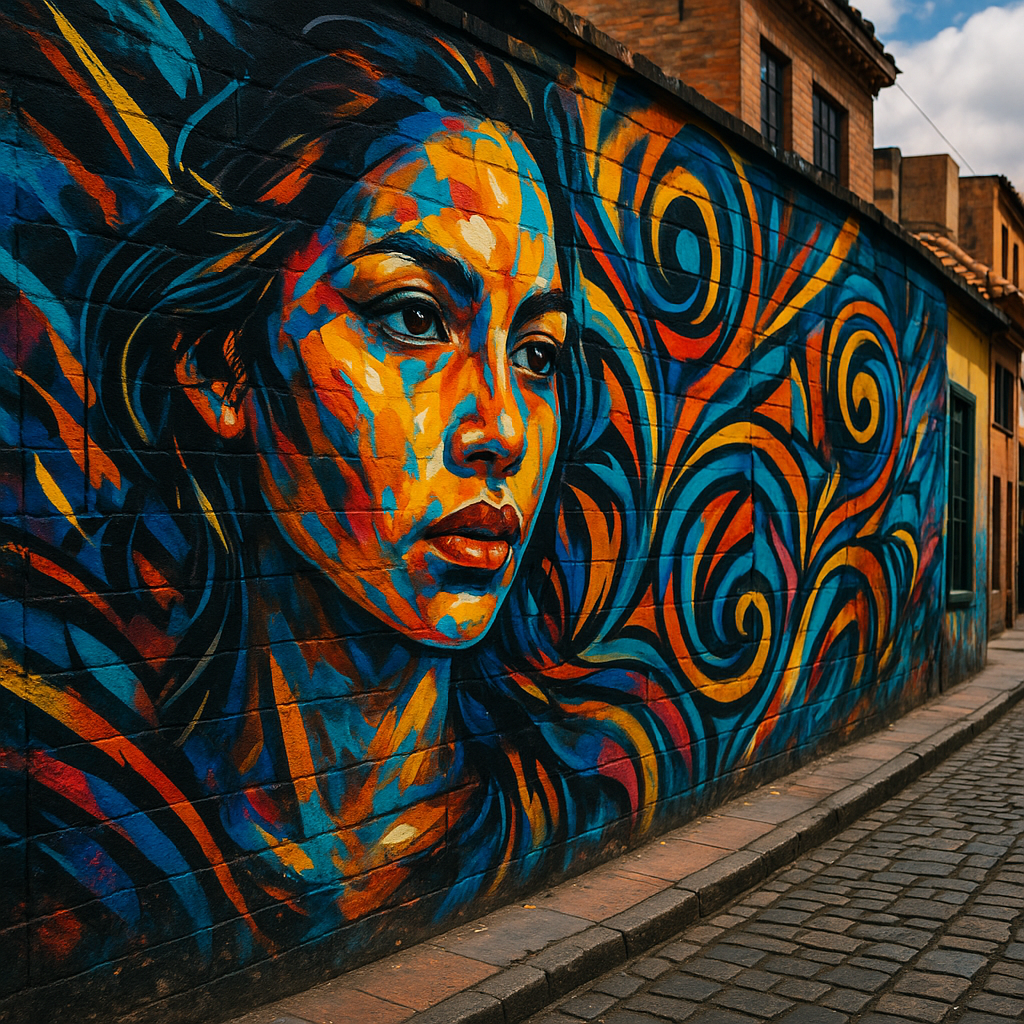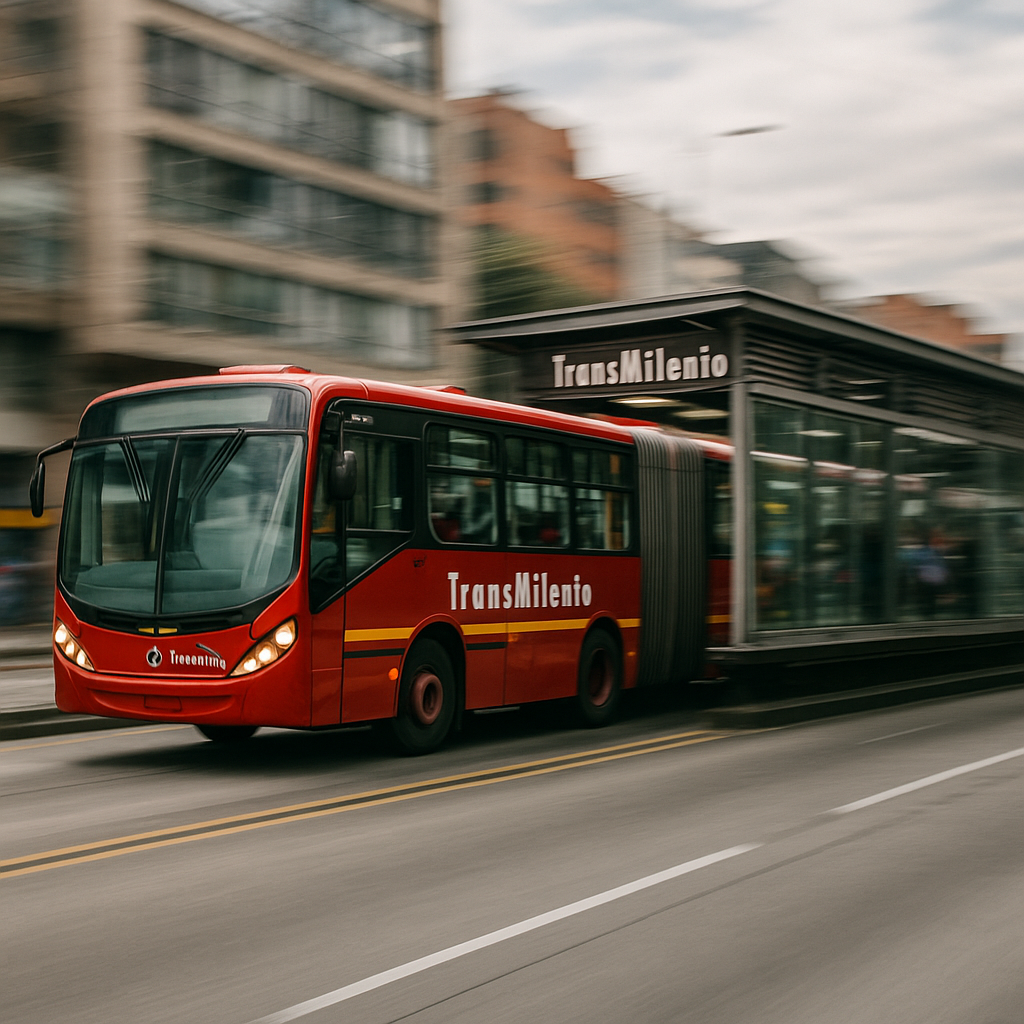Bogotá, the capital of Colombia, is a city that perfectly blends rich history, vibrant culture, and a dynamic atmosphere, making it one of the most fascinating capitals in South America. With its stunning mountains, thriving economy, and diverse population, Bogotá invites both tourists and locals to explore its many layers. In this comprehensive guide, we will delve into the city’s overview, history, geography, culture, environment, economy, and major attractions.
Overview of Bogotá
Population and Area
As of the latest estimates, Bogotá boasts a population of approximately 7.4 million residents, making it the most populous city in Colombia and the fourth largest city in South America. The city covers an area of about 1,587 square kilometers (612 square miles), with a variety of neighborhoods that each reflect different aspects of Bogotano life.
Religion
Bogotá is predominantly Roman Catholic, influencing many aspects of daily life and community events. However, like many urban areas, the city is home to a variety of other religions due to its diverse population, fostering an environment of mutual respect and understanding.
Language
The official language of Bogotá is Spanish, which is the most widely spoken language in Colombia. English is increasingly popular, especially in business and tourism sectors, but knowing basic Spanish phrases can enhance the experience for visitors.
A Brief History of Bogotá
Founded in 1538 by Spanish conquistador Gonzalo Jiménez de Quesada, Bogotá has a rich tapestry of history. Initially named Bacatá, which means “planted fields” in the indigenous Muisca language, Bogotá served as the capital of the New Kingdom of Granada and became a center of administration during the Spanish colonial period.
Key Historical Events
– **Independence**: Bogotá played a crucial role in the Colombian War of Independence, culminating in a declaration on July 20, 1810, a date now celebrated as Colombia’s Independence Day.
– **Modern Development**: Throughout the 20th century, Bogotá evolved into a significant political, cultural, and economic center in Latin America, experiencing rapid urbanization and growth.
Geography of Bogotá
Nestled in the Andean mountain range at an altitude of 2,640 meters (8,661 feet) above sea level, Bogotá offers stunning landscapes and a unique climate characterized by cool and mild temperatures year-round. The city spreads across a plateau known as the Bogotá savanna, surrounded by lush green hills and mountains.
Climate
Bogotá experiences a subtropical highland climate, with average temperatures ranging from 14°C to 20°C (57°F to 68°F). The rainy seasons occur between April and May and October to November, making it essential for visitors to carry an umbrella during these months.
Cultural Landscape
Bogotá’s culture is a vibrant mix of indigenous traditions and Spanish colonial influences, reflected in its arts, music, festivals, and culinary scene.
Arts and Music
– **Teatro Colón**: One of the most important cultural institutions in Bogotá, hosting opera, ballet, and concerts.
– **Street Art**: Renowned for its vibrant street art, Bogotá boasts large murals that depict social and political themes.
Festivals
The city hosts various cultural festivals throughout the year, including:
– **Festival Iberoamericano de Teatro**: The largest theater festival in the Spanish-speaking world.
– **Fiesta de Abril**: Celebrating Bogotá’s anniversary with parades and cultural displays.
Culinary Scene
The culinary scene is diverse, featuring traditional dishes like:
– **Ajiaco**: A hearty chicken soup with potatoes and corn.
– **Bandeja Paisa**: A typical platter with beans, rice, ground meat, avocado, and plantains.

Environment and Green Spaces
Bogotá has made significant strides in enhancing its green spaces, promoting sustainability, and improving the quality of life for its residents.
Parks and Gardens
Some notable parks include:
– **Simón Bolívar Park**: A large urban park ideal for picnics, concerts, and leisure activities.
– **Quinta de Bolívar**: A historic park and museum dedicated to Simón Bolívar, the liberator of South America.
Economic Landscape
As one of the major economic hubs in Colombia, Bogotá is recognized for its contributions to finance, technology, and trade.
Major Industries
– **Finance**: Home to the country’s largest banks and financial institutions.
– **Technology**: A thriving tech scene with startups and innovation hubs.
– **Tourism**: Attracts millions of visitors annually, contributing significantly to the economy.

Major Places of Interest
Bogotá is a treasure trove of attractions, ranging from historical sites to modern landmarks.
Must-See Attractions
– **La Candelaria**: The historic district filled with colonial buildings, museums, and vibrant street life.
– **Gold Museum (Museo del Oro)**: Showcasing an extensive collection of pre-Hispanic gold artifacts.
– **Monserrate**: A hilltop sanctum that offers breathtaking views of the city, accessible by funicular or cable car.
– **Botero Museum**: Featuring works by Colombian artist Fernando Botero and many international artists.
Outdoor Activities
– **Cycling**: Bogotá hosts Ciclovía, where major roads are closed to traffic every Sunday, allowing cyclists, joggers, and pedestrians to enjoy the city.
– **Hiking**: The surrounding hills and mountains offer numerous hiking opportunities, such as the trails leading to Cerros Orientales.
Conclusion
In summary, Bogotá is a city rich in history, culture, and natural beauty, inviting exploration at every turn. Whether you’re savoring its culinary delights, engaging with its vibrant arts scene, or wandering through its picturesque parks, Bogotá promises a memorable experience. For those planning a visit, embracing the local culture and interacting with the friendly Bogotanos will enhance your journey. Join the ranks of adventurers who have fallen in love with this remarkable capital city and discover all that Bogotá has to offer!
